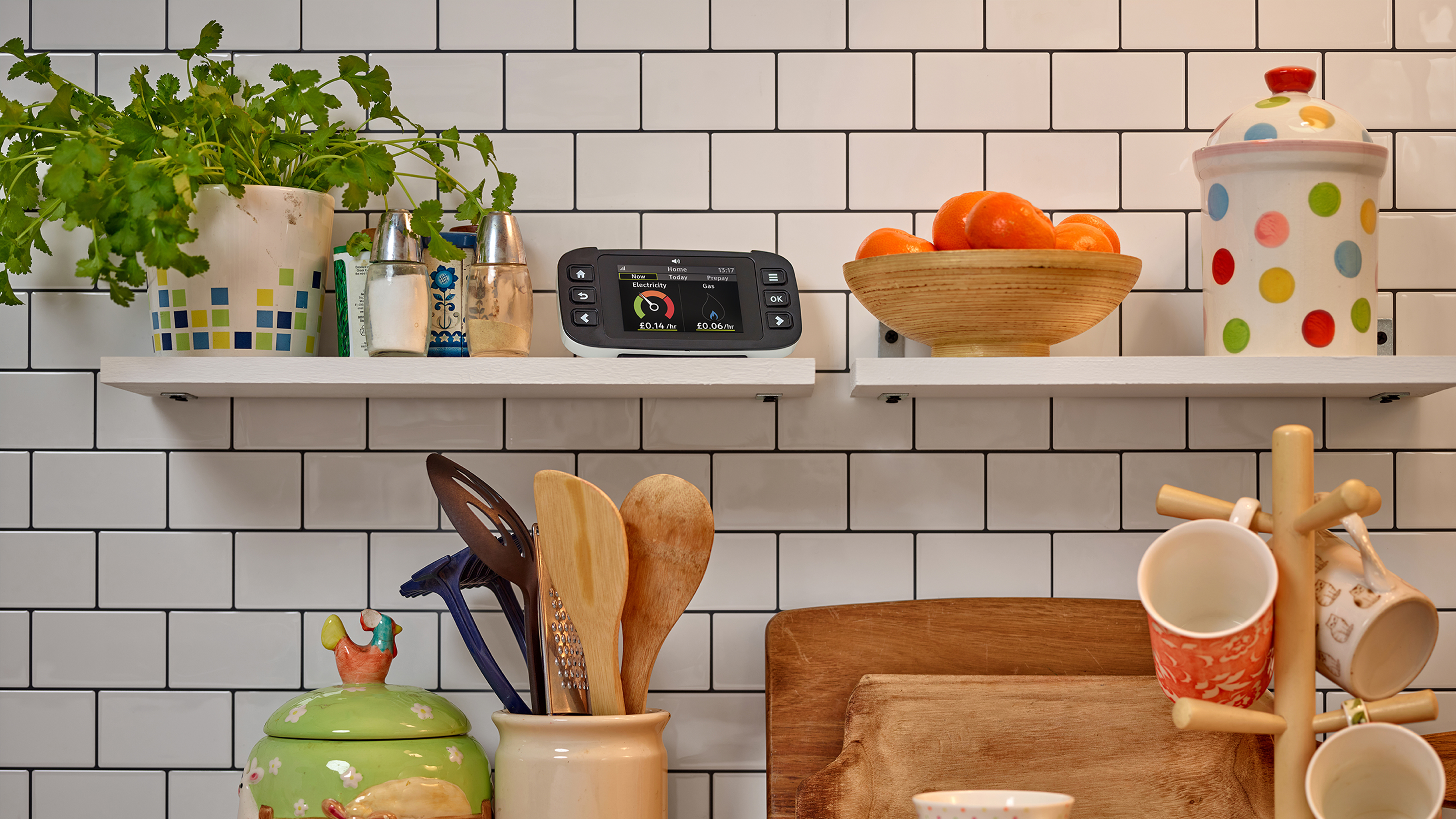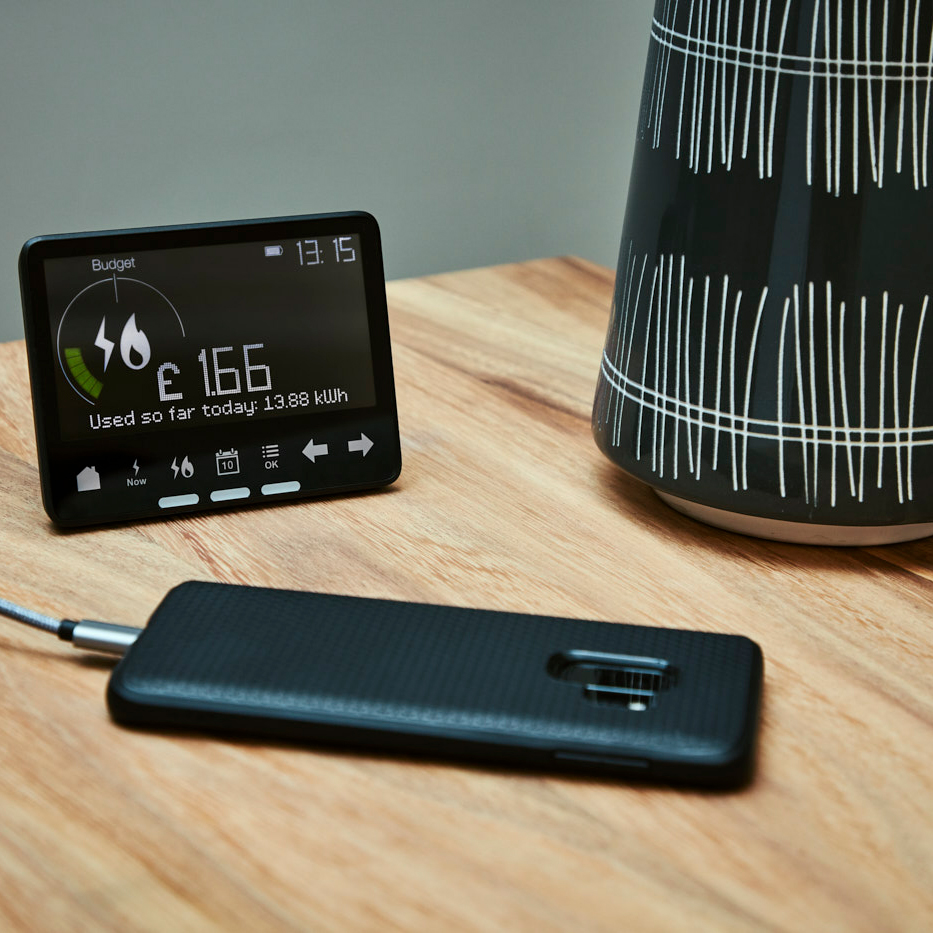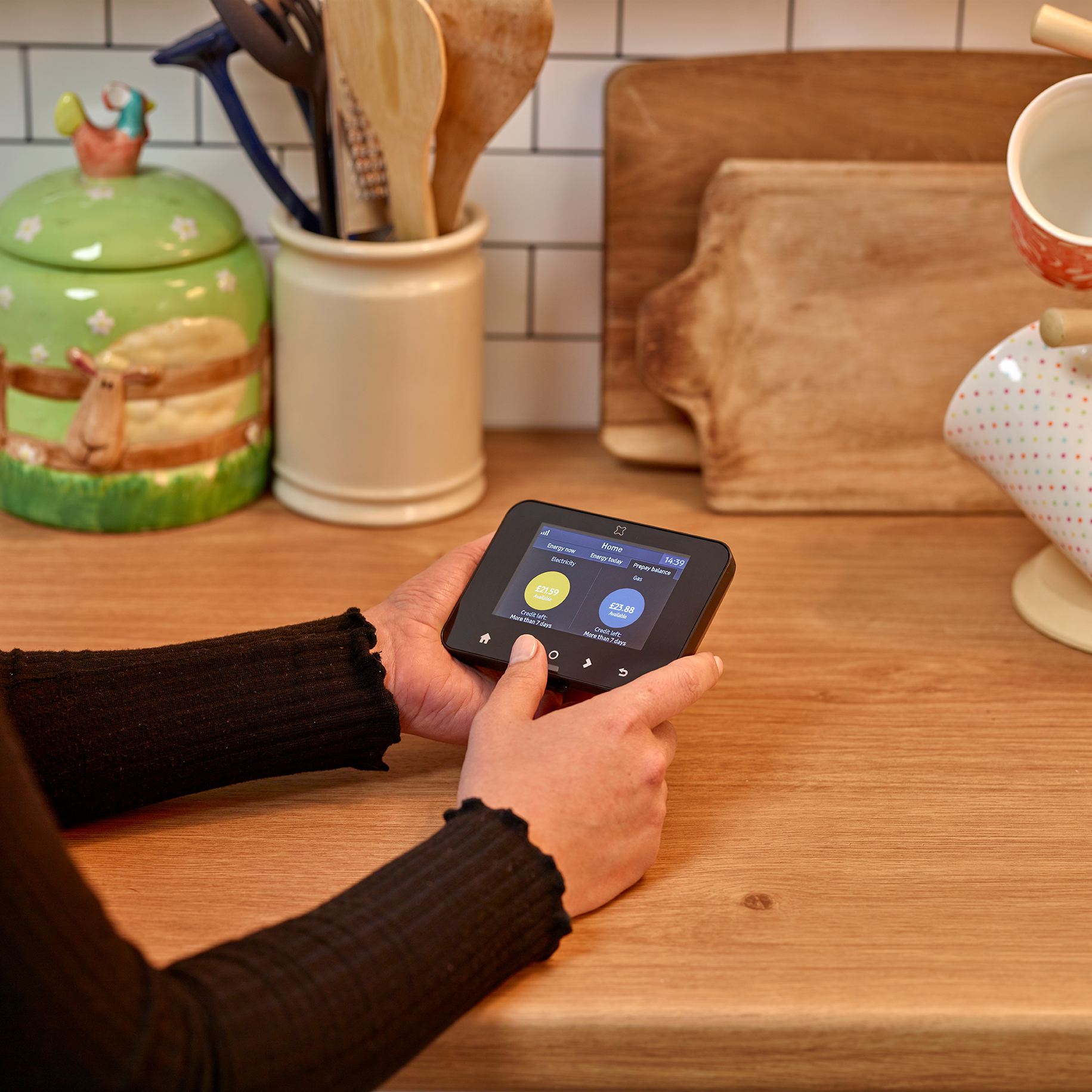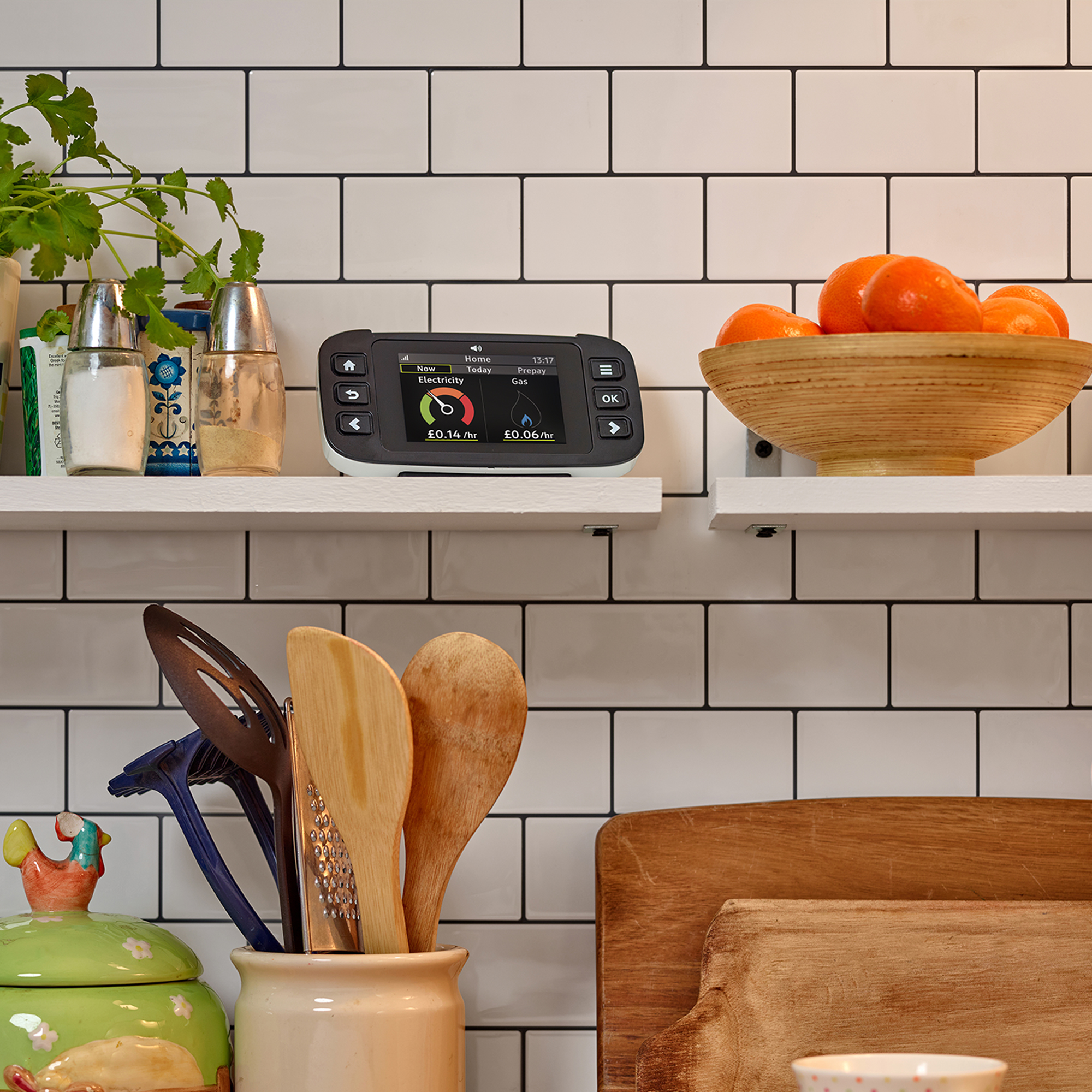Six reasons you might not be able to have a smart meter - and how to resolve them
The most common reasons why you might not be able to have a smart meter and what you can do about it


There's been a kit of talk about smart meters recently and it seems like everyone has one. However, there are reasons you might not be able to have a smart meter fitted. We've outlined the most common reasons and what you can do about it.
Much like a normal meter, a smart meter tells you how much gas and electricity you have used in your home. The difference is that a smart meter automatically sends your energy usage information direct to your supplier using a secure network at least once a month. Meaning you no longer have to pay estimated utility bills, only for the precise energy that you actually use.
If you are looking for ways to save energy at home, a smart meter also comes with an in-home display that shows how much energy you are using in pounds and pence in near-real time. This can help you understand how you are using energy in your home to help you manage and potentially reduce your energy consumption, hopefully resulting in lower energy bills.
‘The savings you make will depend on how well you monitor your usage,’ says Matthew Jenkins, Heating Expert at My Job Quote. ‘Although on average, people tend to save around £10 to £20 per month with a smart meter,’ he says.
Six reasons you might not be able to have a smart meter
The government recently announced that energy suppliers have to offer smart meters to all homes and small businesses free of charge across the UK by the end of 2025. You don't have to have a smart meter fitted, so whether you accept one is up to you as they’re not currently compulsory. Do bear in mind, though, that some energy tariffs will require you to have a smart meter installed, so always check with your supplier before you sign a new contract.
According to Rated People, 20% of UK homeowners are planning to install a smart meter in their home. Unfortunately, there are some reasons you might not be able to have a smart meter at all.
‘These reasons range from technical issues such as DCC (communication) coverage, to asset availability for some complex meter types, or logistical limitations,’ says Alf Reeve, Senior Manager for Customer Operations at EDF Energy.
Sign up to our newsletter for style inspiration, real homes, project and garden advice and shopping know-how
Find out the main reasons why you might not be able to have a smart meter below and, if there is a solution to your problem.

1. You rent your property
If you pay for the gas and/or electricity in your rented property, you should be able to choose to have a smart meter. However, it’s always best to check with your landlord first.
‘Your tenancy agreement may include provisions governing how energy is provided to the property, including the kind of meter that can be installed,’ says Matthew from My Job Quote.
The only real issue is if your landlord pays the utility bills. If that’s the case, the decision to get a smart meter is up to them.
2. You want to change energy provider

It depends on what type of smart meter you have as to whether it will be compatible with your new supplier. First generation SMETS1 meters, which were rolled out in 2013, were fitted with the same kind of 3G sim card that you would find in a mobile phone, so they could update the supplier at set intervals. If you have this type of meter and you change supplier, it’s unlikely that the new supplier will be able to pick up that communication. It will still work as a basic meter, but it will lose elements of its ‘smart’ functionality.
More recently, a second generation of SMETS2 smart meters have been rolled out, which have the added benefit of being cross compatible with other SMETS2-ready energy suppliers. So it should still work if you decide to switch provider.
If you have a first-generation smart meter and decide to switch supplier, ask them if your current meter is compatible. If it isn’t, ask your new supplier to fit a new smart SMETS2 meter instead. However, there are also plans in place to upgrade first generation meters remotely, although there’s no set date for when the upgrade will be completed nationwide so you may have to wait a little while.
3. You have poor Wi-Fi coverage
Thankfully, unlike its predecessor, SMETS2 smart meters use an entirely separate, bespoke wireless system. You don’t need Wi-Fi in your home for it to work and it won’t use your Wi-Fi if you have it, meaning dodgy Wi-Fi is no longer one of the reasons you might not be able to have a smart meter. Your smart meter and in-home display communicate via a secure national network which is solely for smart meters called the DCC wireless network.
If you are on the first-generation smart meter and having issues, check out the best wifi extenders, which may help with connectivity issues.
4. Your meter isn’t in your property

Although rare, it is possible that your in-home display won’t connect to a meter which isn’t inside the boundary of your home. For example, if you live in a flat and it is in a communal hallway or cupboard.
‘In these scenarios, there are sometimes solutions using "comms hubs" and/or potentially additional communication devices that can be attached to the outside of the home,’ says Alf from EDF. Talk to your energy supplier before you book in an installation so they can look at the different options available to you.
5. Smart meters aren’t compatible with solar panels
First generation meters have been known to have troubles with solar panel connection. However, second generation is fully compatible.
If your current provider is refusing to install a second-generation meter (likely because they want you to wait for an automatic upgrade on your existing meter), make sure they know you have solar panels. Hopefully, they will put you at the top of the waiting list for an upgrade.
Your other option is to switch supplier but, again, make sure they agree to install a new SMETS2 smart meter before you make the move.
6. You have an asbestos backboard

‘There are some instances where a household cannot have a smart meter installed at the current time, for example if a meter board needs to be replaced due to asbestos,’ says a spokesperson for Smart Energy GB.
There are a number of safety issues with asbestos backboards and, if damaged, can cause severe health risks to the property’s occupants. The backboard will need to be replaced before a smart meter can be installed.
Discuss your options with your Distribution Network Operator (DNO) who is responsible for meter backboard maintenance. Visit Energy Networks Association to find out who your DNO is.

Sophie Vening is a freelance journalist and editor with more than 16 years’ experience writing about homes and properties. She’s worked for some of the UK’s leading interiors, self-build and property titles including, Grand Designs, Ideal Home, House Beautiful, Build It, The Metro Homes & Property and The Evening Standard Homes & Property.
She enjoys writing about complex issues in an easy-to-understand way.